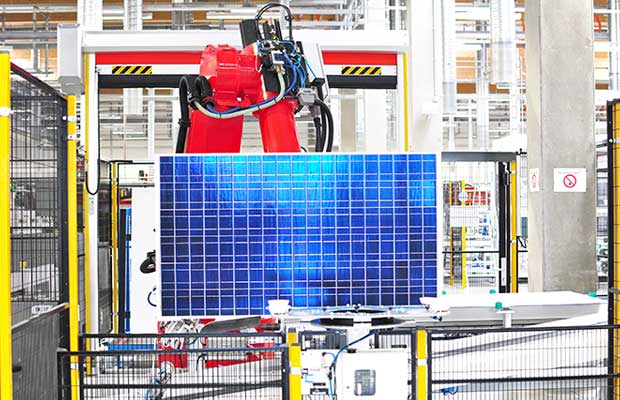It has finally arrived. The Solar Energy Corporation of India (SECI) has invited bids for the anticipated Solar PLI (performance Linked Incentive) tender which is expected to give a big boost to the solar sector in terms of manufacturing prowess and backward integration domestically. The tender, under tranche II of the PLI program has a closing date of January 9, with bids to be opened on January 12.
With a push to ensure a complete domestic supply chain, the tender document contains the following ‘baskets’ for bidders to consider.
Readers will recall that after Tranche 1 of the PLI tender for Rs 4500 crores, several companies that did not make it to the final list of winners nevertheless went ahead with their manufacturing plans, notably Waaree Energies, Tata Power , Goldi Solar and others. of the capacities coming up will still be eligible for the tranche 2 tender, even though many starts are being made by Reliance New Energy. Even PSU giants like Coal India Limited are expected to be a serious player in the tranche 2 bids, with their strong interest in manufacturing now In current trends, India’s manufacturing capacity for cells and modules are expected to cross 40-50 GW in 2025, from the current base of 10 GW plus.
The request for selection (RfS) document specifies that bidders must set up Greenfield or Brownfield manufacturing facilities for the quoted capacity, with a PLI acceptable for a brownfield manufacturing plant of 50% of what available for a greenfield facility.
The winning bidders are decided on a scoring system, with the government pushing to increase the CUF to ensure that only high performance and quality manufacturing is awarded.
For a basket, which will require the highest capital commitment, the manufacturing facility must be commissioned within three years from the date of issuance of the award letter. For baskets two and three, the commissioning dates are set at two years and 18 months, respectively. Previous winners are also eligible to participate in the second tranche, making Reliance New Energy, the previous biggest winner, a very strong contender again. This time the Adani Group is also expected to participate more aggressively, after several expansions throughout the solar supply chain, announced and under implementation.
Of the Rs 19,500 crore provision for incentives, Rs 12000 crores for basket one, Rs 4500 crores for basket two, and Rs 3000 crore for basket three. The demands from the smaller players for a type of category to bid on seem to be ignored, especially in basket 3, which is ahead of most of the players in the industry who hold the view more that any module maker with a capacity of less than 1 GW may face a challenge to survive in time. course. The minimum capacity of each bid is set at 1 GW, with a maximum of 10 GW for basket 1, which probably has the smallest number of players.
Readers will recall that in the tranche 1 bids, Reliance New Energy won the highest allocation, even as one of the three winners, Jindal Solar Energy, withdrew its allocation due to changed circumstances. in the market. Shirdi Sai Electricals is another winner.
